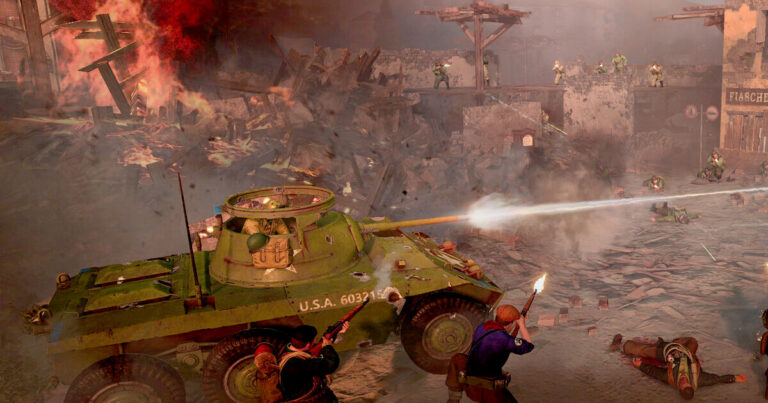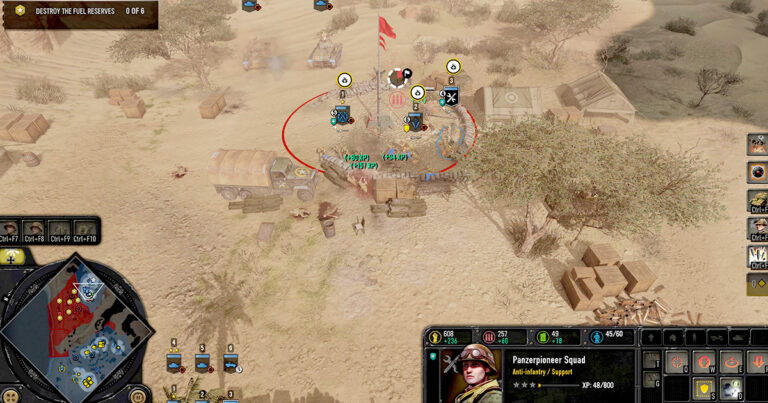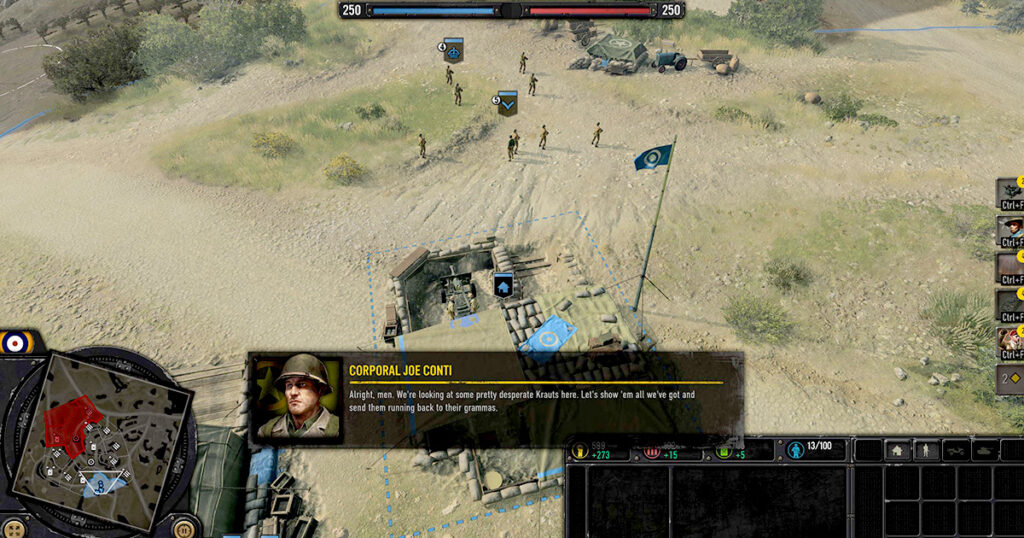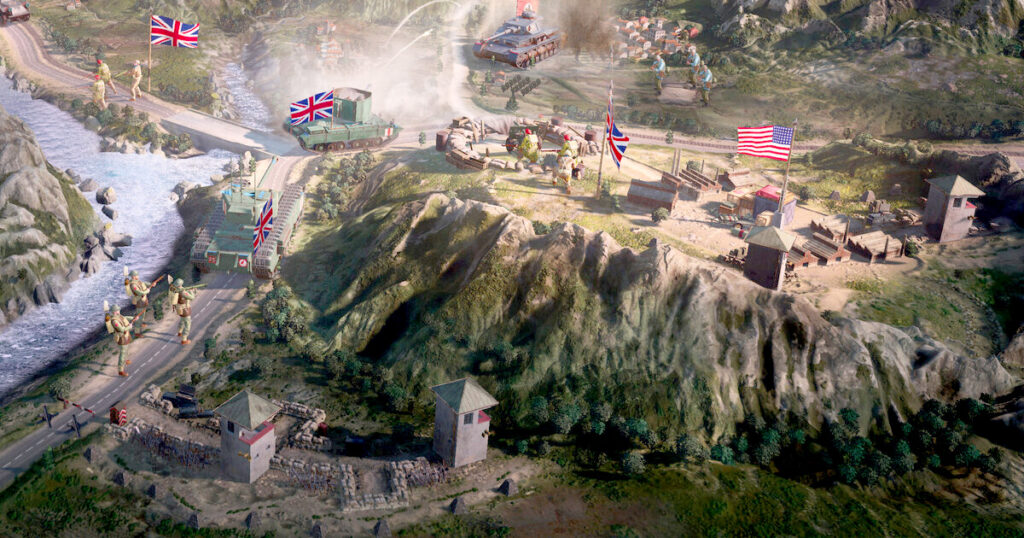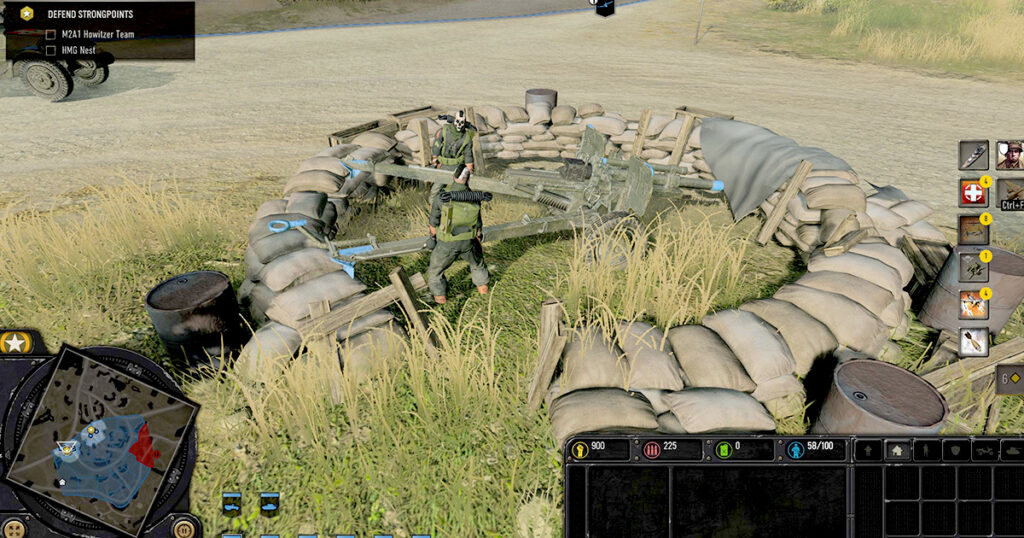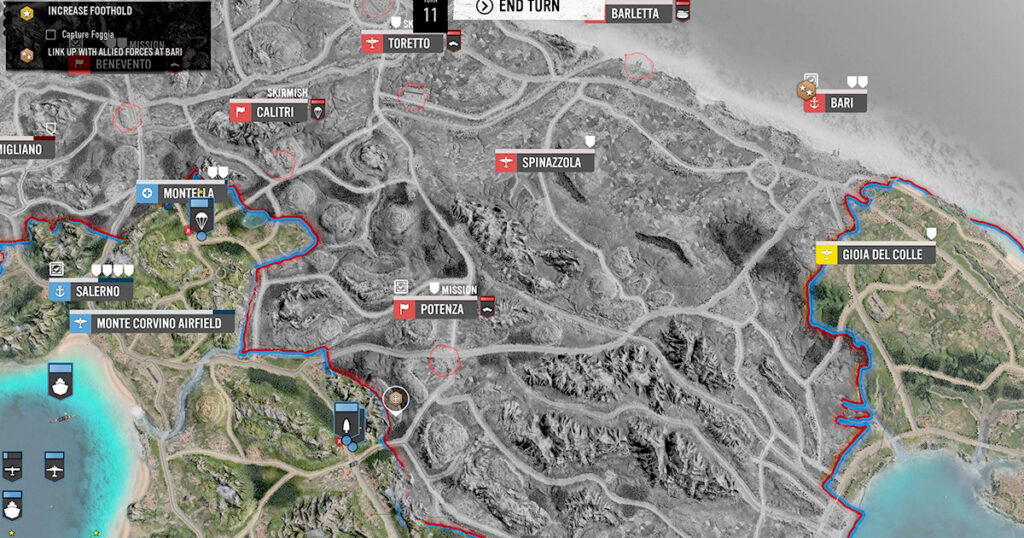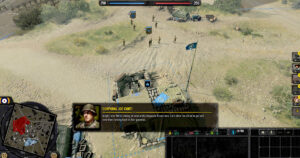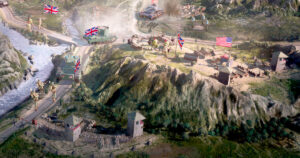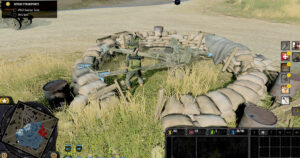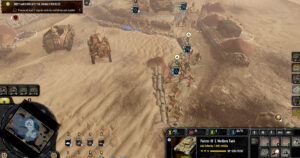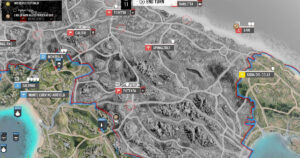Optus Mobile Review ALDI Mobile Review Amaysim Mobile Review Belong Mobile Review Circles.Life Review Vodafone Mobile Review Woolworths Mobile Review Felix Mobile Review Best iPhone Plans Best Family Mobile Plans Best Budget Smartphones Best Prepaid Plans Best SIM-Only Plans Best Plans For Kids And Teens Best Cheap Mobile Plans Telstra vs Optus Mobile Optus NBN Review Belong NBN Review Vodafone NBN Review Superloop NBN Review Aussie BB NBN Review iiNet NBN Review MyRepublic NBN Review TPG NBN Review Best NBN Satellite Plans Best NBN Alternatives Best NBN Providers Best Home Wireless Plans What is a Good NBN Speed? Test NBN Speed How to speed up your internet Optus vs Telstra Broadband ExpressVPN Review CyberGhost VPN Review NordVPN Review PureVPN Review Norton Secure VPN Review IPVanish VPN Review Windscribe VPN Review Hotspot Shield VPN Review Best cheap VPN services Best VPN for streaming Best VPNs for gaming What is a VPN? VPNs for ad-blocking Company of Heroes 3 mixes things up by offering two distinct campaigns: one in Italy and the other in North Africa. Beyond this, the Italian campaign has a Total War-lite mix of turn-based macro strategy spliced with typical boots-on-the-ground Company of Heroes real-time battles. And the North African campaign is a typical real-time strategy (RTS) affair. It took me about 25 hours to knock over the Italian campaign on standard difficulty—the default and lowest available difficulty—and around six hours to beat the more traditional RTS North African campaign on the next highest difficulty. As a Company of Heroes veteran, I was wary of harder difficulties adding more time to a lengthy Italian campaign. But when I realised it was too easy, I was miffed that there wasn’t an option to up the difficulty mid-campaign. While Company of Heroes 3 happily lets you save-scum your way to success, more saves equals slower saving times. And then there’s the frustrating reality that there’s no option to load manual saves from the game’s main menu, forcing you to resume the game’s last auto-save, sit through unskippable cutscenes until it finally lets you open a menu to load your last save. It doesn’t help that I encountered a wealth of bugs in my playing time. From T-posing unit models and clipping issues, through to more game-breaking ones like a map that refused to end after victory (reloading a manual save didn’t help) through to a single town in my Italian campaign that the game wouldn’t let me capture for any apparent reason. While I only had a single crash in my 31 hours with Company of Heroes 3, I hope the day-zero patch fixes a lot of the issues I had. Given Relic’s history with the series, it’s reasonable to expect the more distracting bugs will be polished out. It’s a shame because there’s a great game with some franchise-progressing ideas at play here. For starters, I adore the automation of typical base-building ‘macro’ elements, which frees up mental resources for focusing on unit management (aka ‘micro’). For greater convenience, toggle on automatic unit reinforcement, and the series becomes a truer rendition of real-time tactics. As someone who’s not a fan of turn-based games, I appreciated the entry-level approach to that component of the Italian campaign. Granted, it over-taught early then under-taught later, but the more I played, the more I appreciated the depth of tactics. There were still some hurdles that felt like artificial lengthening, like the multiple company-damaging defences on the Italian tactical map that I was clearly supposed to waste attack points on clearing. But with only one attack point per company and some movement allowed per turn, clearing defences in captured territory was a conceptual waste of time. More so when the game starts to throw in turn-limited secondary objectives. One of the cooler parts of the Italian campaign is an RPG-lite aspect wherein you’re trying to keep three competing military figures happy. The best decisions are when two or more of these characters are pitted against each other, and there are some consequences for the final battle depending on how many you manage to get onside. Admittedly, that final battle has the wind taken out of its sails by history: the big push towards a final battle in Rome that’s never meant to be. But if you already know that or can ignore it, it’s not an overly massive detractor from dozens of mostly enjoyable hours leading up to that. The more you progress in the Italian campaign, the more you feel you’ve earned the veterancy of your companies, particularly the ones that fight the most. Sure, there are familiar things like almighty Tiger tanks and powerful 88 Flak guns, but the mechanised army and requisitioned units give them a unique gameplay personality that’s different from the Allied forces of the Italian campaign. The bigger emphasis on vehicles also is a great way to fully explore the awesomeness of destructibility in Company of Heroes 3. While available to all factions, I got used to flattening MG nests in building and other defences with Africa Korps artillery and rocket barrages before moving in with my troops. If you only have infantry, Company of Heroes 3 has added the option for certain units to storm buildings. Short of that, grenades and devastating flamethrowers still work just as effectively for frontline troops. It’s just a shame that pancaking infantry with vehicles has been seemingly dropped. The real testament to Company of Heroes 3’s enjoyment is despite a range of familiar and new bugs every time I played, my review sessions lasted anywhere from a few hours to an entire day. It may not be as pretty as I’d hoped given the 10 years between Company of Heroes games, but it sure is a lot of fun.
